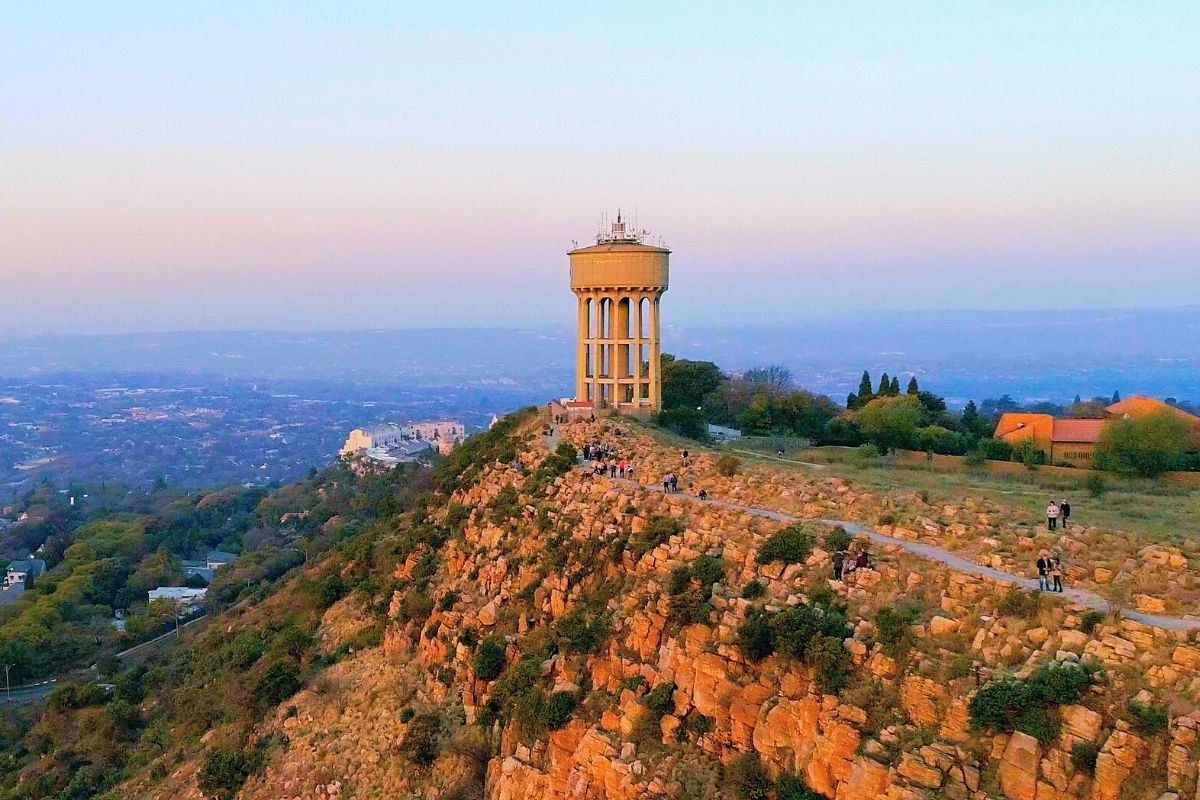The Buzz on Johannesburg North Attractions
Table of ContentsJohannesburg North Attractions - QuestionsThe Single Strategy To Use For Johannesburg North Attractions8 Easy Facts About Johannesburg North Attractions ExplainedSome Of Johannesburg North AttractionsThe Basic Principles Of Johannesburg North Attractions All About Johannesburg North Attractions
The city grew on the edge of the Witwatersrand Main Reef, a below ground stratum of gold-bearing quartz-silica conglomerate that arcs for hundreds of miles under the Highveld - Johannesburg North attractions. Most of the gold mines in the city discontinued operation in the 1970s, yet in its day the Witwatersrand gold market accounted for more than 40 percent of the world's annual gold production.Johannesburg has a temperate environment. Summer season temperatures balance about 75 F (24 C); wintertime temperatures balance regarding 55 F (13 C) and just sometimes dip below freezing. The city appreciates concerning eight hours of sunshine daily in both wintertime and summer. Rain standards concerning 28 inches (700 millimetres) per annum, yet the total differs significantly from year to year.
What rainfall the city receives falls virtually specifically in the summer season, often in spectacular late-afternoon electrical tornados. Air air pollution poses a significant issue, especially in the winter season, when thermal inversions impede the westward flow of air from the Indian Sea. Contamination is most extreme in the densely resolved Black towns on the city's periphery, where lots of residents still rely upon coal for fuel.

The Main Principles Of Johannesburg North Attractions
The balance of the city is occupied by whites. Lodging differs in character and high quality. Soweto is notorious for its countless rows of municipally developed, two-room matchbox homes, yet it likewise has a few thriving territories as well as teeming squatter camps, where 10s of thousands live without water, electricity, or sanitation centers.
Physical development, although somewhat limited by transport, proceeded swiftly as migration to South Africa, and Johannesburg specifically, raised considerably. This trouble was resolved in the 1930s when the automobile was presented in mass production to South Africa. Autos were, for the many component, confined to the rich, and permitted them to relocate to the north of the city and commute right into the centre.
Many bad suburban areas were combined, with inadequate blacks and whites living together, although the wealthy suburbs were generally booked for whites.
The estimated populace of the region is 200,000, [] yet the variety of individuals residing in the internal city on an informal basis is unknown, as several are illegal immigrants. A lot of higher-income homeowners and white people have actually transferred to the northern suburban areas and have actually been replaced by lower-income black people. The unemployment, education, and age profiles of the area are all unidentified, as a result of the difficulty of acquiring reputable information about the location.
Johannesburg North Attractions Fundamentals Explained
Centred on the CBD, the area includes the suburbs of Yeoville, Bellevue, Troyeville, Jeppestown, and Berea to the east. To the west it infects Pageview (Johannesburg North attractions) and Fordsburg. There are little enterprise zones to the south, such as City West-Denver and Benrose. Around 800,000 commuters pass via the central city everyday, and it works as a regional buying node for site visitors from the southern suburban areas. Yeoville and Bellevue have a mix of apartment and single household devices on little lots. The region is situated on a mountainous divide that runs from eastern to west. The most noticeable geographical function is Observatory Ridge, which is called for the big observatory located on it. The entertainment areas are no more utilized, as a result of security issues.

9 Simple Techniques For Johannesburg North Attractions
R. Tambo International Airport). The eastern suburban areas are several of the oldest areas of Johannesburg, there are big areas of Jewish and various other European histories, most of the population is English talking. There are 3 fairway along with a variety of safeguarded ridges with viewsites. There are a number of strong and up-market home entertainment and shopping locations in the east such as the Eastgate Purchasing Centre and the Greenstone shopping centre.
Originally constructed to house male migrant workers, numerous have been boosted as residences for visit the site couples and family members. The suburban area was not historically allowed to create employment centres within the location, so almost all of its locals are commuters to various other components of the city.
Rumored Buzz on Johannesburg North Attractions
The residential locations in the north residential areas are mainly formal, with no substantial locations of informal housing, or housing that does not have a permanent framework. This is a recognized area, there is a fad of land usage change from domestic to commercial, particularly along major arterial roadways and around well-known nodes.
Roads to the east and west are view less well created, as there are no freeways taking a trip in that instructions. In the direction Get More Info of the northern border of the city, the thickness of growth reduces, leaving huge locations of undeveloped land around Midrand.
The Best Strategy To Use For Johannesburg North Attractions
, which is situated on a hillside neglecting the inner city and Hillbrow.
Comments on “Not known Facts About Johannesburg North Attractions”